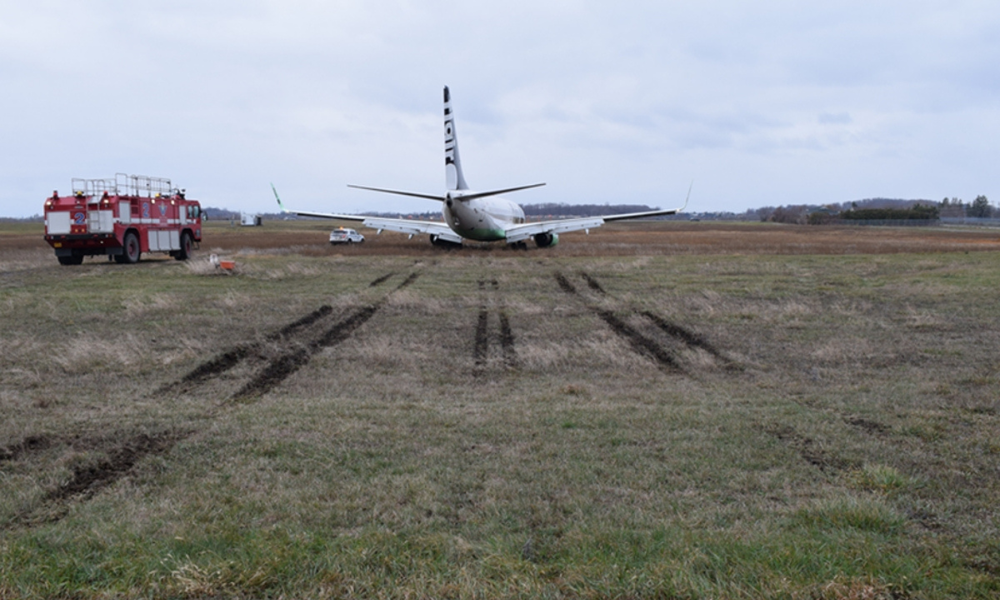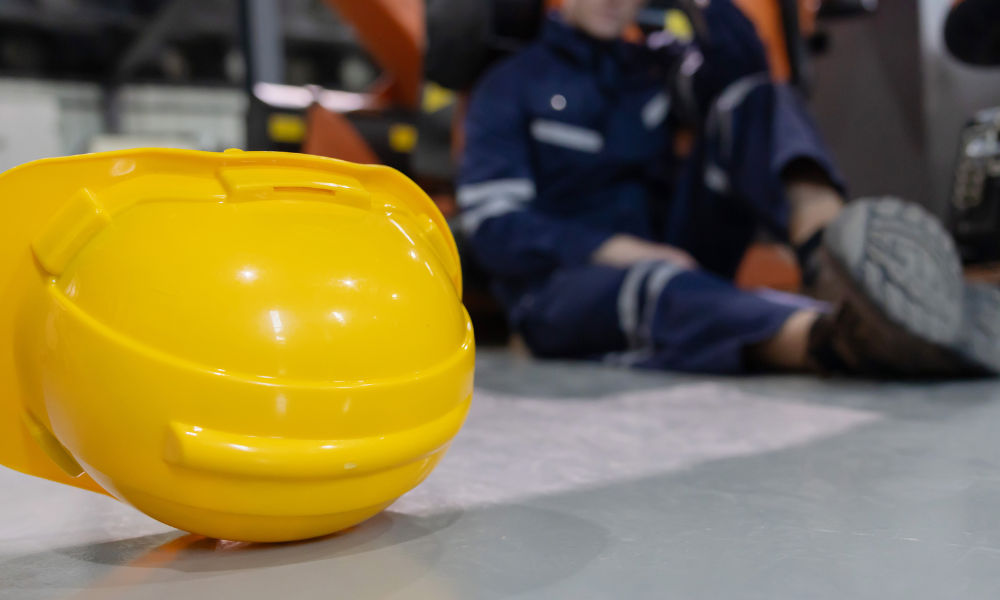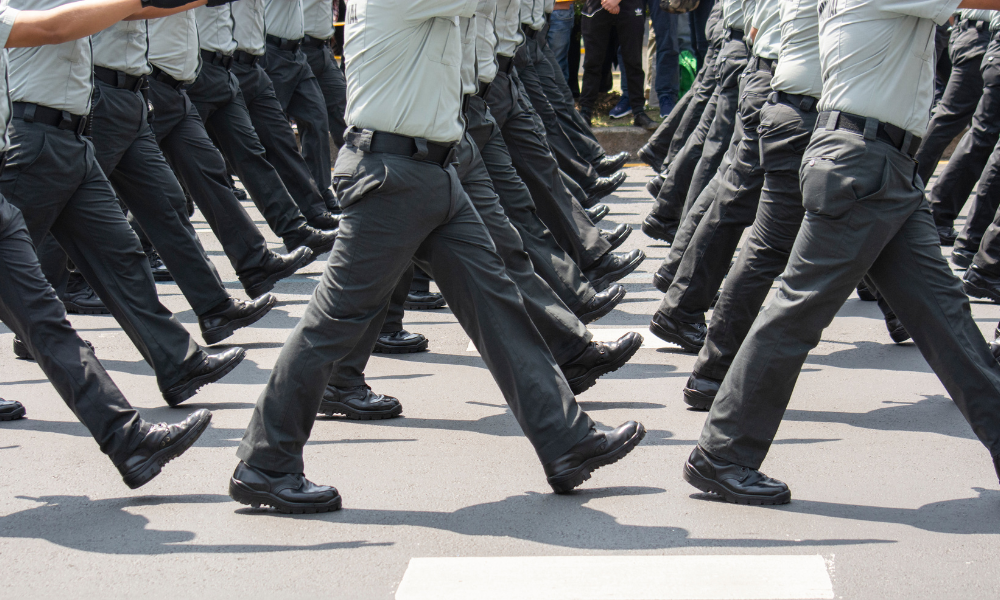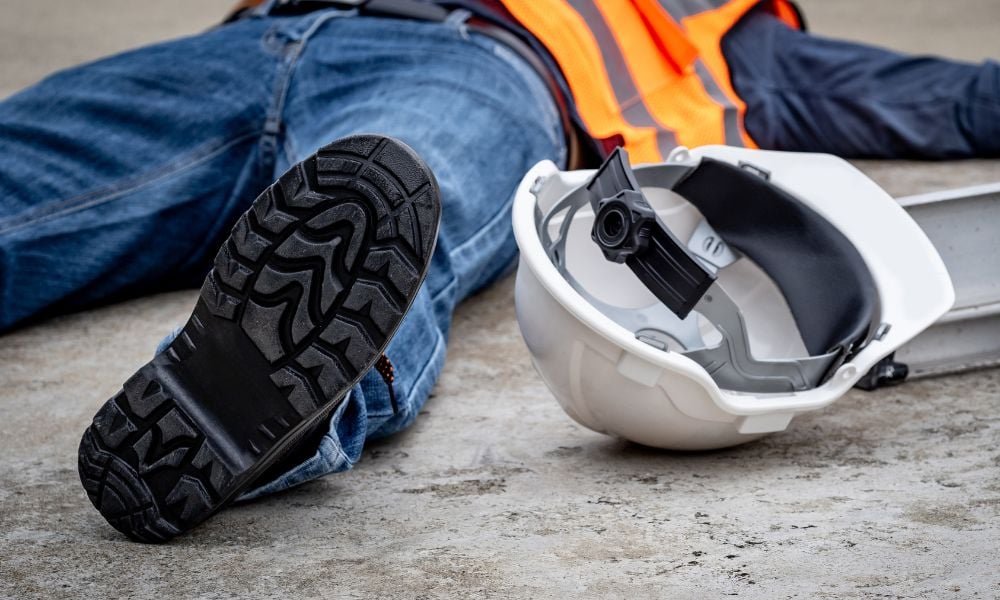Defect in aircraft was reported 23 times during the 6 months leading up to the occurrence, says TSB

Pilot fatigue, an automation error, and deficiencies in maintenance tracking contributed to a Flair Airlines Boeing 737-800 runway overrun at Kitchener/Waterloo Airport (CYKF) more than two years, according to a Transportation Safety Board of Canada (TSB) investigation.
Flair Airlines Flight FLE501 departed Vancouver International Airport (CYVR) at 2:38 a.m. EST on Nov. 25, 2022, with 134 passengers and six crew members on board. The aircraft was operating with an inoperative left thrust reverser under the airline’s approved minimum equipment list (MEL).
During the approach to Runway 26 at CYKF, the crew encountered poor weather conditions, including reduced visibility, rain, and an overcast ceiling at 600 feet above ground level. The aircraft remained in cloud until reaching approximately 300 feet, at which point the captain, who was the pilot flying, disconnected the autopilot but left the autothrottle engaged – a habit formed from previous flying experience where this practice was permitted.
As the aircraft descended to 70 feet above ground level, the captain mistakenly pressed the takeoff/go-around (TO/GA) switch instead of the autothrottle disengage switch.
However, the crew did not notice the change before landing.
At 6:24 a.m., the aircraft touched down at a ground speed of 142 knots, approximately 1,400 feet beyond the runway threshold. The speed brakes briefly deployed, but when the captain reached for the right reverse thrust lever, he removed his hand from the forward thrust levers. This allowed the autothrottle to advance the left thrust lever to go-around thrust, causing the speed brakes to retract and the auto-braking system to deactivate.
With the aircraft accelerating on the wet runway, the captain struggled with directional control as the left engine increased to maximum forward thrust while the right engine engaged maximum reverse thrust. The first officer, recognizing the abnormal thrust setting, manually pulled the left thrust lever back to idle, but it continued to advance forward due to the autothrottle’s commands.
The captain applied manual braking, but by the time maximum braking was used, the aircraft was still travelling at 115 knots with only 2,500 feet of runway remaining. At 6:25 a.m., the aircraft overran the end of Runway 26 at 45 knots, stopping in a grassy area 500 feet beyond the paved surface.
Emergency responders arrived at the scene, but no injuries or significant aircraft damage were reported.
Pilot fatigue, an automation error, and deficiencies in maintenance tracking contributed to the incident, according to TSB.
The captain was operating on significant sleep debt and had been awake for nearly 18 hours before the aircraft landed, it noted.
“At the time of the occurrence, the captain’s level of fatigue decreased his attention and vigilance and increased the likelihood of a slip,” the TSB stated.
“If pilots do not monitor their rest to assess if they have accrued a sleep debt, there is an increased risk of fatigue going undetected and unmitigated.”
The TSB investigation found that Flair Airlines’ maintenance tracking system failed to identify a persistent left thrust reverser defect as a recurring issue. Although the defect had been reported 23 times, it did not meet the regulatory definition of a recurring defect, which requires three failures within 15 flight segments.
“The company’s maintenance, repair, and overhaul tracking system was capable of identifying recurring defects as defined by regulations, but its capabilities did not extend to identifying defects such as the left thrust reverser fault in this occurrence,” the TSB stated.
A faulty part responsible for the defect had been identified in May 2022, but it was not installed before the incident. The aircraft had operated with an inoperative left thrust reverser for approximately 50 days before the overrun.
“If the underlying issue behind a persistent maintenance defect is not addressed in a timely manner, there is a risk that it may compound, resulting in a serious consequence,” said TSB.
Flair Airlines has since updated its flight procedures to ensure that pilots disengage the autopilot and autothrottle at the same time during approach. The airline revised its standard callouts, replacing “AUTOPILOT DISENGAGED” and “AUTOTHROTTLE DISENGAGED” with a single “MANUAL FLIGHT” callout.





